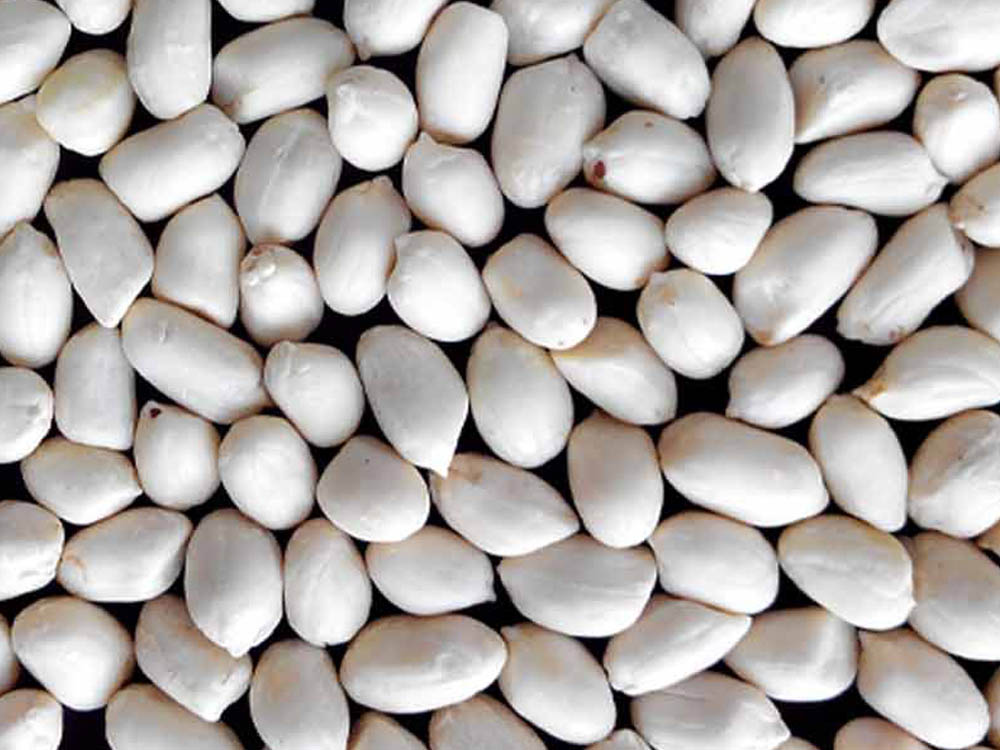
Cottonseed, Meal
Cottonseed meal is a high protein by-product from the extraction of oil from whole cottonseed. There are two different processing methods used to extract the oil from the cottonseed, and they differ in the amount of oil (fat) they leave in the meal. The amount of oil left in the meal affects its energy value.
Typical Analysis:
| Expeller Process: | Solvent Process: | |
| Dry Matter | 94.0% | 92.0% |
| Crude Protein | 41.0% | 41.5% |
| Fat | 4.5% | 1.5% |
| Crude Fiber | 12,5% | 12.5% |
Cottonseed, Meal
- Dry Matter
- Crude Protein
- Fat
- Crude Fiber
Cottonseed, Hulls
Cottonseed hulls are used mostly in the southern area of the U.S. They are low in protein, calcium, phosphorus and energy and high in fiber. Cottonseed hulls are palatable and are used as a roughage for cattle, especially in areas where good quality forages are scarce. They occasionally are included in grain mixes to increase the bulk density and crude fiber content. They can be helpful in supporting fat test in low fiber or low roughage rations.
Typical Analysis:
Cottonseed, Hulls
- Dry Matter
- Crude Protein
- Fat
- Crude Fiber
Cottonseed, Whole
Whole cottonseed is high in protein, fat, fiber and energy. This combination of nutrients in one feedstuff is unusual. Whole cottonseed with the lint still attached is white and fuzzy in appearance. It sometimes is called “fuzzy seed,” and has the analysis shown below. Whole cottonseed from which the lint has been removed is called delinted seed, is black and smooth in appearance, and tends to be slightly higher in protein and fat than the fuzzy seed.
Typical Analysis:
Cottonseed, Whole
- Dry Matter
- Crude Protein
- Fat
- Crude Fiber
